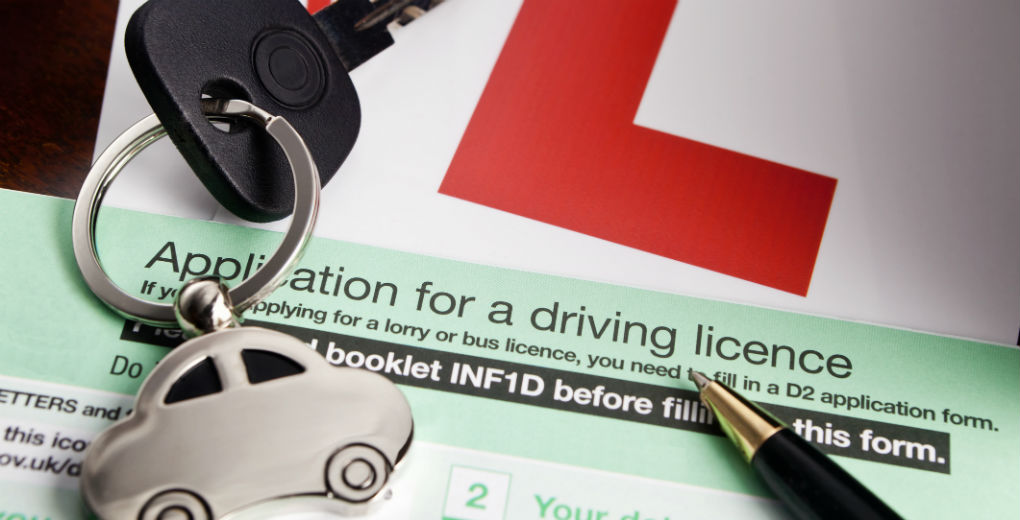Nothing quite makes you realise your little ones are fully grown like watching them get behind the wheel for the first time.
But drivers in Britain typically need 40 to 50 hours of lessons before passing their test, and the average learner requires 20 hours of additional practice outside of their driving lessons, according to the RAC.
With pricey lessons tending to tot up, any extra experience on the road can be invaluable. Letting them practice in your car can make all the difference, if you’re willing to chaperone. But how best to tackle the issue of provisional driver insurance?
There are several options at your fingertips – here’s how to sort through them:
- Adding a named driver to your policy
Traditionally this would be the simplest route to insuring a learner. Unfortunately, it can make your premium skyrocket. Adding a provisional licence holder can be costly; and that’s if your insurer allows it in the first place.
- Learner driver insurance
Designed to sit alongside your existing insurance, dedicated learner driver insurance typically provides fully comprehensive cover when the learner is driving. They can usually use the car for their test, too.
The main difference to named driver cover? Any claims made on the learner’s cover won’t affect your main policy or no-claims bonus.
- Pay per hour
Plenty of specialist companies are popping up which provide learner driver insurance. One benefit is that you can often pay per day, week, month, or even hour with pay-as-you-go schemes, giving you more flexibility.
It can be hard to work out which type of cover will give you best value. Your insurance broker can help determine the best arrangement for you and your family. Get in touch with Safeguard Insurance to speak to one of our team.

